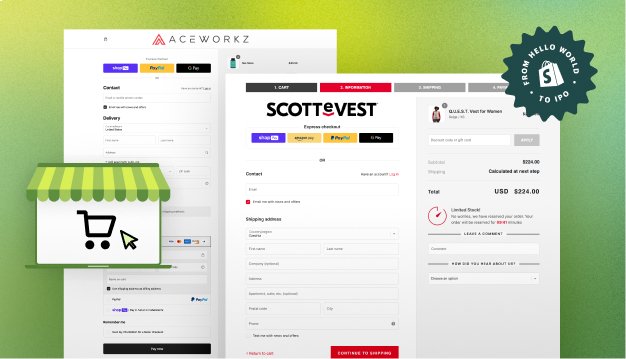
Best Practices To Increase Customer Retention
In modern times, practically every business sector is accompanied by high competition. Every year the number of competitors increases incredibly and it becomes much more difficult for businesses working in popular niches to stand out. Attracting new customers to your side becomes more and more difficult and much more expensive every year. The process of analyzing and optimizing website conversions should become a constant and ongoing process aimed at retaining and stimulating potential customers to buy. After all, it is no longer enough to produce or sell a quality product or service. A business has to offer comprehensive support along with high quality. Therefore, in a highly competitive environment, retaining existing customers is as important for any company as attracting new ones.
For most companies, the customer retention rate is one of the most important and indicates the company’s success, viability and profitability. By the level of customer retention, they can make forecasts of further business development and its success in the future. That’s why companies are constantly asking how to increase customer retention and are constantly coming up with new features and retention ideas
Today, customer loyalty is one of the most expensive assets for a company. Loyal customers support the brand and its offers and are also an additional channel of brand advertising for their colleagues, friends and acquaintances. Often, loyal customers leave generous reviews on social networks, which also plays a role in building the brand’s reputation and strengthening its influence in the market.
Summarising the above, and adding a bit of statistical data, we can highlight the main points in answering the question
Why is it important to increase customer retention rate?
- Cost-effectiveness: according to Econsultancy, 82% of companies cite the statistic that attracting new customers is on average 5 times more expensive than customer retention cost.
- Increased profitability: studies show that loyal customers spend more and more often than new customers. In the long term, loyal customers buy 23% more often than regular customers.
- Utilizing word-of-mouth marketing: satisfied and loyal customers often tend to voluntarily recommend a brand to friends and family and leave product reviews, which in turn is a source of free and reliable marketing. According to Yotpo, this happens to 60% of consumers who genuinely tell their family and friends about the brand they are loyal to.
- Valuable reviews: it is known that 92% of consumers hesitate before buying a product if it doesn’t have reviews, and 72% of customers don’t make any purchases until they read reviews. In turn, products with more than 50 reviews can lead to an average 4.6% increase in a company’s revenue. Products in online stores that offer user reviews are 63% more likely to be purchased. Online reviews on average increase sales by 18% The importance of reviews is undeniable, and your loyal customers are more capable than anyone else of writing constructive and insightful reviews. They have a better understanding of their favourite brand’s products and services, and they are the ones who give companies important feedback.
- Market stability: a loyal customer base provides the ability to forecast revenue, which in turn provides long-term planning for business development, investment in new initiatives and expansion. The Merkle report showed that 81% of consumers want to build relationships with brands. An existing customer has a 60% to 70% probability of successfully selling to an existing customer, while this drops to 5-20% for a new customer. In addition, existing customers are 50% more likely to try new products or services and spend 31% more.
- Competitive advantage: In a competitive environment where new players are regularly emerging, the ability to maintain a high level of customer loyalty becomes a key factor that provides a significant advantage over competitors. This has a positive impact on brand reputation and contributes to customer satisfaction and loyalty.
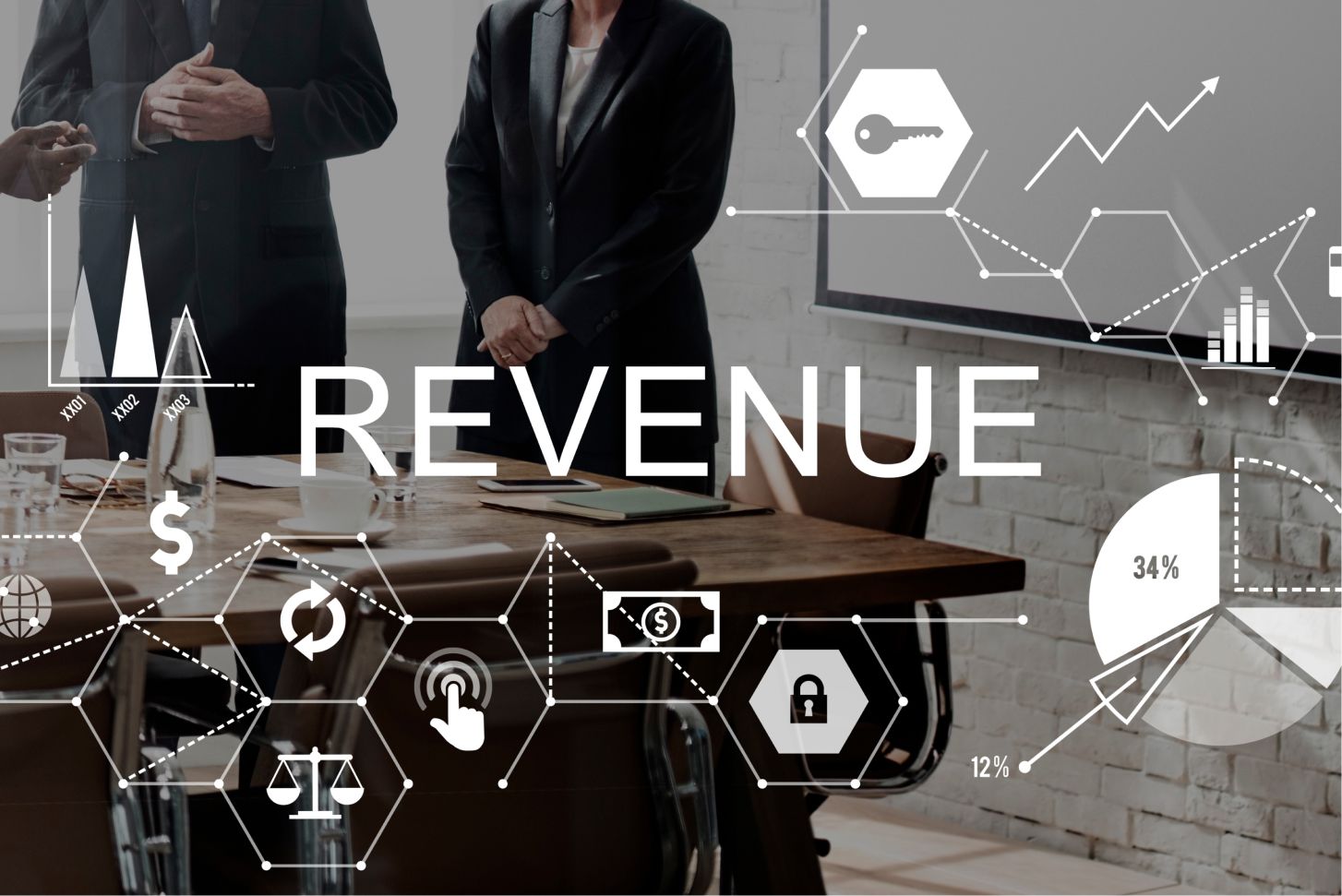
How To Calculate Customer Retention
Along with developing customer retention strategies, it’s important to understand its importance and learn how to accurately calculate it.
The following is a step-by-step approach to assessing key indicators:
Calculate the Retention Rate
Time period: First, you need to decide how often you want to track retention rates. For example, it could be quarterly, 6 months or a year. It all depends on your business cycle.
The number of customers at the beginning of the period (S): Only those customers who have the potential to make a repeat acquisition should be included in the count. Often the count includes the number of customers who have already made 2 or more purchases.
Number of clients at the end of the period (E): The calculation of the number of such clients should follow a similar logic to the calculation of the number of clients at the beginning of the reporting period.
Number of new customers (N): count the number of customers who made their first repeat purchase during the specified time period.
Calculate the customer retention rate using the formula:
Customer Retention Rate=((E−N)/S)×100
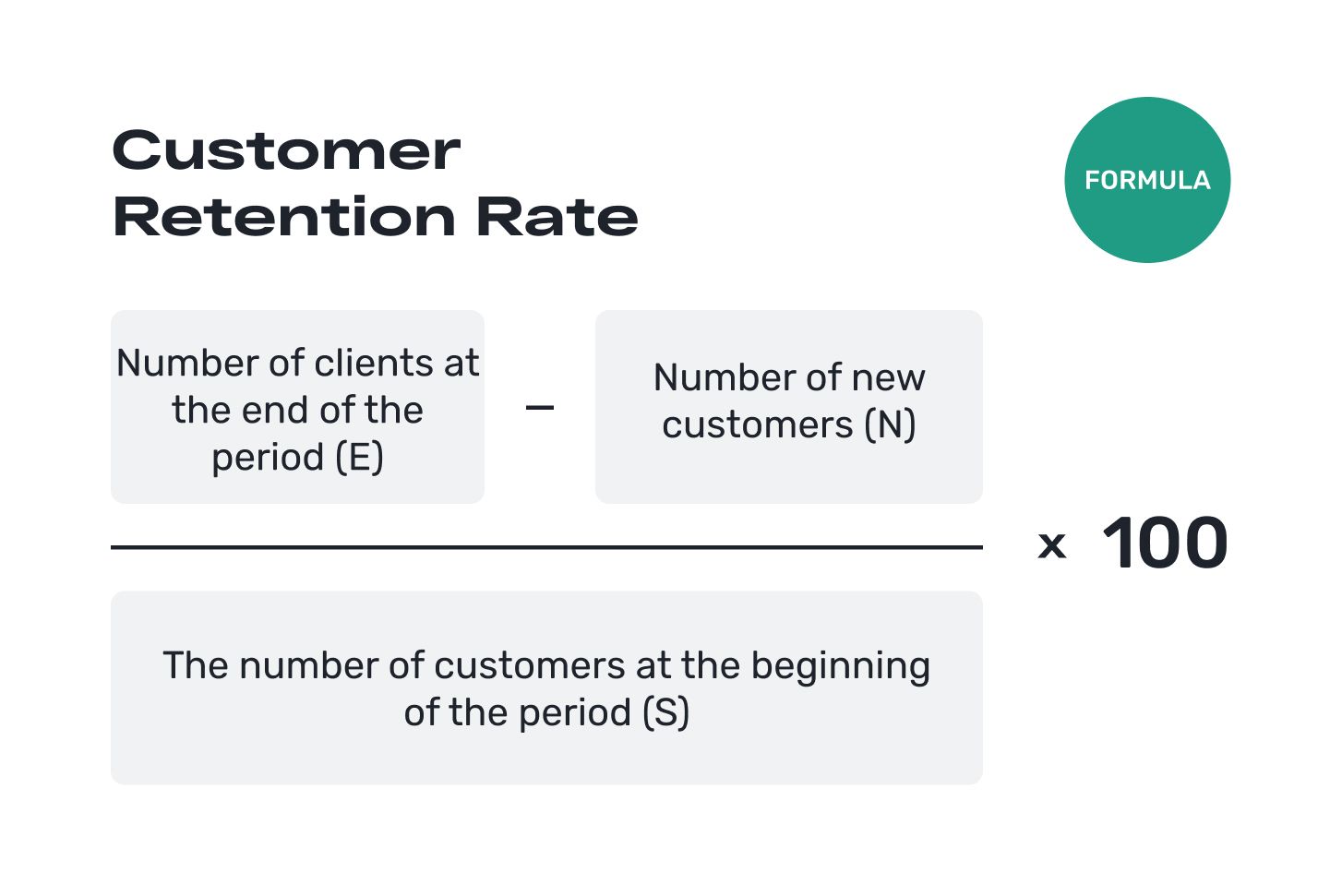
Also, the customer retention rate determines the level of customer churn because this indicator is an inverse value and represents the percentage of customers that the company lost during the reporting period.
Other key metrics and indicators used in assessing customer retention.
Customer Retention Cost (CRC) is an indicator that reflects the total amount of resources a company spends to retain its existing customers.
This amount includes advertising costs across all marketing channels, customer support and service costs (online support, call centers, etc.), CRM systems cost and other technological investments aimed at improving customer interaction, staff coaching and training costs, investments in improving the quality of products and services in general aimed at increasing customer satisfaction.
CRC is also calculated for a certain period (the same period as for Customer Retention Rate) and is defined as the ratio of the sum of all expenses aimed at customer retention to the number of such customers.
The formula may look as follows:
CRC=Total Customer Retention Costs / Number of Customers Retained
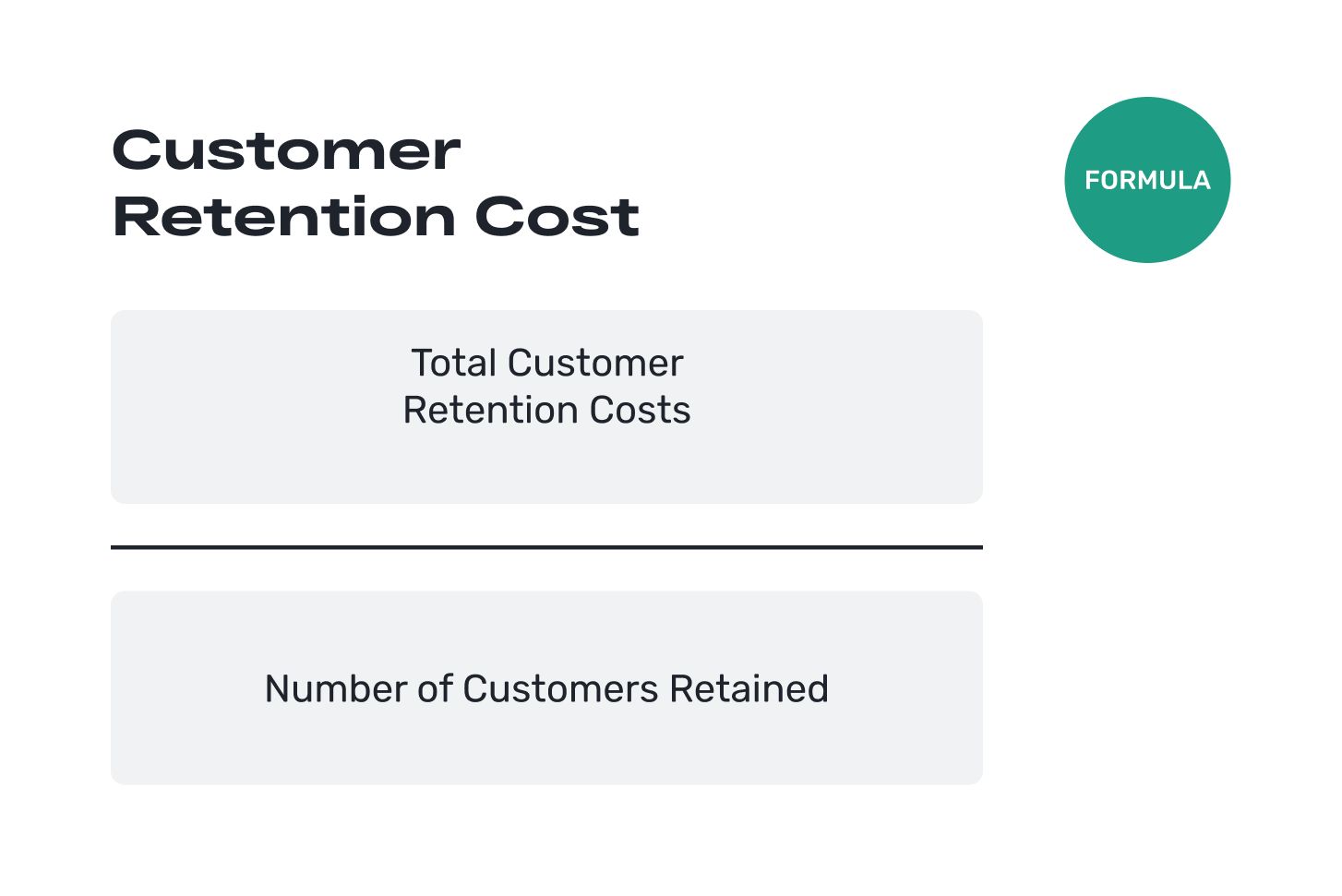
Understanding the level and trends of CRC helps businesses optimize costs and track how effective their customer retention investments are. A high CRC indicates that the chosen customer retention strategies are not working and therefore something needs to be changed or adjusted.
CRC should always be compared to the revenue generated from retained customers. The Customer Lifetime Value parameter, CLV, is responsible for this.
Customer Lifetime Value (CLV) is the projected profit that a company expects to earn throughout interaction with a customer.
CLV consists of Average Revenue Per User (ARPU), Customer Contribution Margin (the percentage of revenue remaining after accounting for variable costs associated with serving a customer), and the average length of time a customer remains active.
You can calculate CLV in different ways, depending on your business model, but the simplest example of calculating CLV is as follows:
CLV=ARPU×Deposit Margin×Average Customer Lifespan
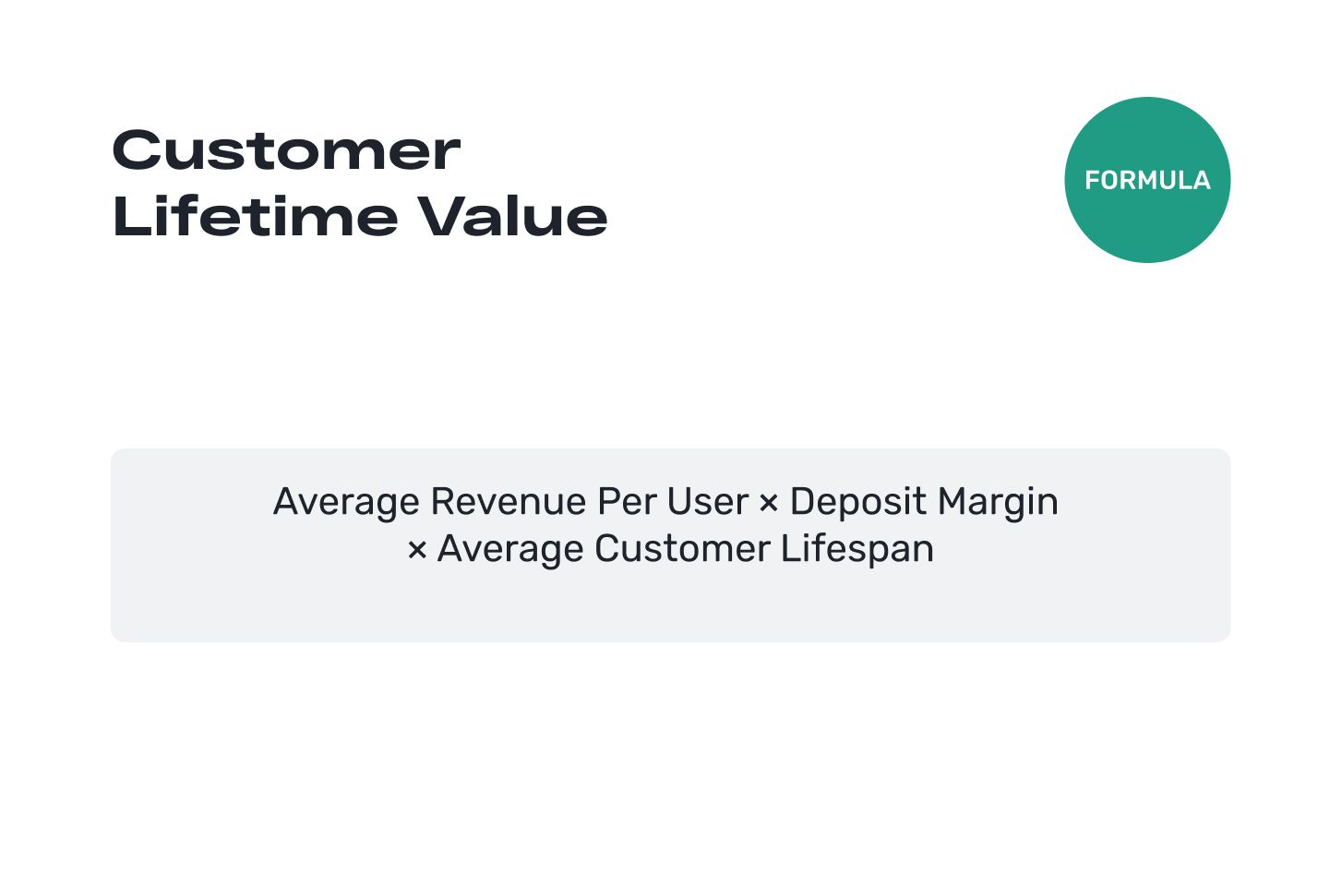
CLV allows businesses to understand the value of long-term customer relationships and perform strategic planning to adjust marketing strategies and loyalty programs to attract customers with potentially high CLV.
What is the “ideal” level of customer retention?
Once the metrics have been calculated, a legitimate question arises as to what is considered the “ideal” level of customer retention and what percentage of customers should be sought to be retained. It is important to realise that there is no universal standard for customer retention, as it varies significantly depending on the specifics of the industry, the company’s interaction with customers, their target groups, and the specifics of generation.

Let’s take a look at a few examples of customer retention statistics for different businesses:
- Ecommerce and retail: in these areas, customer retention rates are often lower due to strong competition as well as the tendency of customers to easily switch between different brands. In these sectors, the optimal customer retention rate is usually between 20% and 40%.
- SaaS and software-as-a-service: For software companies, retention rates tend to be higher because customers are invested in tools that are integrated into their daily workflows. And they are often reluctant to change those tools if they fully meet customer needs. In this area, companies should aim for retention rates above 75%.
- Healthcare services and pharmaceuticals: In these sectors, retention rates can be quite high, especially in units related to chronic diseases or long-term care, where retention can reach 80-90%. This is often because patients who are satisfied with the level of care and treatment outcomes are not inclined to switch specific doctors, clinics or pharmaceutical brands.
- Financial services: Banks, insurance companies and other financial institutions often have high retention rates because changing service providers can be difficult for customers. Retention rates in this industry often exceed 80%.
- Hospitality and tourism: Retention in these sectors may be lower due to high competition and seasonality. The ideal level can range from 30% to 50%.
- Media and entertainment subscriptions (e.g. streaming services): Retention can vary in these sectors, but successful companies aim for levels above 70%.
In general, when asked What is the average increase in customer retention rates and How much do businesses increase profit when using customer retention programs, research from Harvard Business School states that increasing customer retention by as little as 5% can increase a company’s future profits by 25-95%.
Best ways to increase customer retention that will be relevant to all business sectors in 2024
To increase customer retention, companies are constantly improving process conversions. There is no perfect customer retention model that works for everyone, but here are 6 of the most important and proven strategies that work regardless of the business.

1. Exceptional Customer Service
Quality customer service at the highest level is critical to the success of any business. It directly affects customer satisfaction and future loyalty. In a highly competitive environment, quality service becomes a key factor. Approximately 96% of customers are ready to leave a brand or company after a bad experience due to poor service. Therefore, the formation of a sustainable positive image and reputation of the company becomes one of the key moments in the work.
To constantly monitor the quality of customer service, business owners should take care of several different support channels (these can be online live chats, chatbots, call centres, prompt responses to emails, etc.). At the same time, it is important to constantly train support representatives to provide quality help or advice. Also, companies need to introduce the practice of regular evaluation of their service quality.
The results of surveys will show weaknesses and allow you to respond to customer dissatisfaction promptly. The implementation of customer retention software and CRM systems will also be extremely helpful in improving customer interaction. A timely response to a customer’s problem will allow the company to improve its attitude to itself and generally make a memorable impression.
An example of excellent service is the well-known Apple company and its Genius Bar stores, where customers can always get qualified help with products. This high level of service helps to strengthen brand loyalty and build a sense of trust among customers.
2. Delivering Quality Products and Services
Quality service will be worthless if the company does not take care of the high quality of the product itself. This will be of crucial importance to the customer. It is a strict obligation of any business to conduct rigorous quality control of its products. In a highly competitive market, the customer experience must not just meet expectations, but exceed them.
This process can be continuously monitored based on customer feedback. By working with feedback, companies listen to what customers have to say. Addresses shortcomings and finds ways for them to improve their product even more. It is important to not only gather this information, but also to demonstrate a willingness to change by incorporating feedback into the development of products, services, and customer processes. This creates a sense of respect and value among customers who see that their opinions are considered and contribute to positive change, increasing their satisfaction and loyalty.
Toyota is an example of continuous improvement in the quality of its products. The company is guided by the Kaizen philosophy, which implies continuous improvement of all aspects of production. Toyota applies its renowned production system focused on waste minimization and efficient inventory management, which has a direct impact on the high quality of its vehicles. the company pays special attention to meeting customer needs and preferences, and adapts its products to different local markets, emphasizing its global strategy with a local focus, resulting in increased customer loyalty worldwide.
3. Robust Loyalty Programs
If you don’t already have your loyalty program, it’s high time to set one up. Effective loyalty programs play a dual role. First, they do not incentivize customers to make repeat purchases. Second, and more valuable to the company, they allow the collection of valuable data on customer preferences and behaviour. Using this information, companies can adjust their offers and communications, making them more personalized and targeted.
For loyalty programs to be most effective, they must offer notable benefits to the customer. Such benefits may include significant discounts, exclusive access to a product or service, and rewards for referring new customers, thereby increasing the value of the program to customers.
For example, a supermarket may offer loyalty points to customers, which they can use to receive discounts on items they purchase regularly. This not only encourages repeat visits but also makes customers feel that the store understands their needs. This is one of the most effective ways to increase customer retention.
Sephora’s Beauty Insider program is an excellent example, offering points, birthday gifts, and exclusive member events.
4. Personalizing customer experience and effective Communication Strategies
Customer retention strategy based on personalization of customer service means applying analytical tools to deeply understand the unique needs and desires of each customer. This can come in the form of targeted marketing promotions through triggered emails, offering products tailored based on their purchase history, or specialized customer support. The key element here is mastery of the communication skill of delivering personalized messages to customers at the most appropriate time through the most effective channels, greatly improving the overall customer experience.
This strategy includes dividing your customer base into segments to achieve higher relevance, using automated tools to assign on-time interactions, and creating messages that reinforce a positive customer experience. In addition to using personal names in emails, it can encompass sending personalized promotions to celebrate customers’ birthdays or anniversaries, as well as notifying them of the availability of products that have previously piqued their interest.
An example of retention marketing from Netflix is recommendations based on viewing history can engage subscribers by making it easier for them to find shows they like, making them more likely to continue their subscription term.
5. Fostering Community
Developing and strengthening a community is crucial for many successful businesses and organizations, as it fosters deep, mutually beneficial connections between the brand and its customers. Nurturing a community involves not only providing venues for dialogue and interaction but also actively participating in their development and support. This can manifest itself in organizing events, online webinars, discussion forums or creating social media groups where participants can share their experiences, discuss products and get help and guidance. This strategy builds customer commitment and opens up valuable channels for feedback, which helps companies better understand their customers and improve their offerings. Ultimately, fostering a sense of community leads to a powerful sense of belonging and trust, which is critical to the long-term growth and success of any organization.
Brands like Harley-Davidson have succeeded by creating not just a customer base, but a dedicated community with clubs, events and merchandise that makes owning a Harley-Davidson not just a purchase, but joining a close-knit community.
6. Continuous Improvement and Innovation
Since technology is developing every day, any business should not stand still either. Continuous improvement and innovation are the most important conditions for competitiveness. And it’s not just about being up-to-date for your customers. Continuous improvement of all business processes leads to lower costs, higher productivity and better product quality.
Amazon is an outstanding example of a company adamantly pursuing innovation and improvement. From its beginnings as an online bookstore, Amazon has transformed itself into a massive e-commerce marketplace, providing an extensive range of products and services. The company is continuously innovating its logistics and delivery methods, including the use of robotic systems in its warehouses and exploring drone delivery options. This constant focus on innovation and improving diverse elements of its business model underscores Amazon’s ambition to remain at the forefront in a highly competitive marketplace.
How to retain customers – Conclusions
In conclusion, the answer to the question of how to increase customer retention rate requires a comprehensive approach that combines high levels of service, attention to individual customer needs and strategic use of data to better understand customer desires. Developing loyalty programs, customer-specific offers, and a commitment to improving customer service are essential to building strong customer relationships. Innovation and continuous improvement are also essential to keeping your offerings relevant and attractive. Combining all of these elements creates a strong foundation for retaining and expanding your customer base, which contributes to the long-term prosperity and success of the company. The meaning of a company’s success in this context is to gain grow retain loyal customers for the long term



